The Grand Tourist 2025 Last-Minute Gift Guide
We assembled our favorite design objects for the people on your list that have everything, including taste.
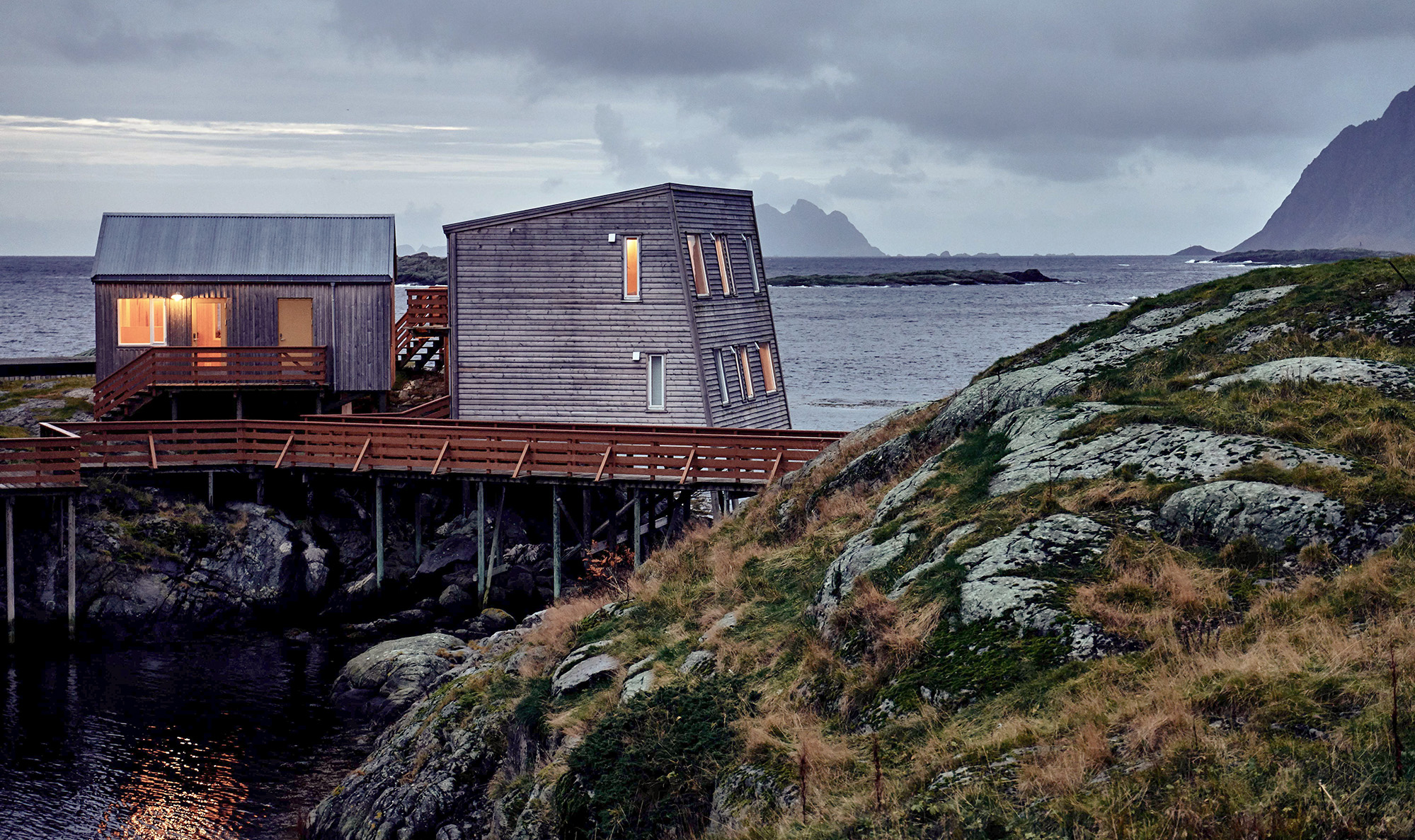
You’re reading The Grand Tourist Curator, our weekly newsletter with the latest handpicked news and insights from the worlds of art, design, style, food, and travel. Sign up here to get The Curator delivered directly to your inbox.
Where to Travel to Escape a Rapidly Warming World
“Stockholm never reached temperatures above 80 degrees,” said a well-traveled friend, raving about her pleasant month in the Swedish capitol this July. I’m going to say it: a temperate climate is the new luxury in summer travel. Crowds are everywhere these days and as much as I’d like to avoid the masses, sweltering, record breaking heat in Europe is my dealbreaker and what’s making me rethink where I want to go in August as well as next summer. Another travel friend sent me her itinerary for her European grand tour and the highlight was a few nights at Stockholm’s Ett Hem, designed by the great Ilse Crawford who has stocked the former private house with midcentury pieces by Kaare Klint, Hans Wegner, and Eero Saarinen. It’s turning into a very Scandi summer.
In fact, Tisvilde (known as the Danish Riviera) has been having a bit of a Hamptons moment, courtesy of the booming Novo Nordisk, the manufacturer of Ozempic. Check out Helenekilde Badehotel, the best hotel in the region. And Norway seems to be the next great road trip destination. I’m intrigued by the Lofoten Islands, a windswept (read: cool) archipelago as well as the location of Holmen Lofoten, a restaurant where guests fish and forage with resident chefs, as well as a hotel consisting of perfectly stripped-down former fisherman cabins.
The Swiss Alps are another ideal climate-friendly escape, and fledgling hotelier and creative genius Ramdane Touhami’s Drei Berge hotel in the sweet hilltop town of Murren is my next stop. Touhami recently invited his friends (and married couple) Aaron Aujla of Green River Project and fashion designer Emily Bode to create a pair of equestrian-themed rooms. And on this side of the pond, I’m intrigued by the Clayoquot Wilderness Lodge on Vancouver Island in British Columbia, where it’s always sweater weather. The resort was taken over by the owners of the famed Southern Ocean Lodge on Australia’s Kangaroo Island in 2021, and is only accessible by seaplane and boat. It’s worth the trip because in this remote, wild setting you’ll see everything from black bears to sea otters to whales, but you’ll be spoiled with luxuries like farm to table meals, cedar soaking tubs, and canvas tents with heated bathroom floors (you’ll want them in the cool early mornings) and textiles and furnishings created by First Nations artisans. —Maura Egan
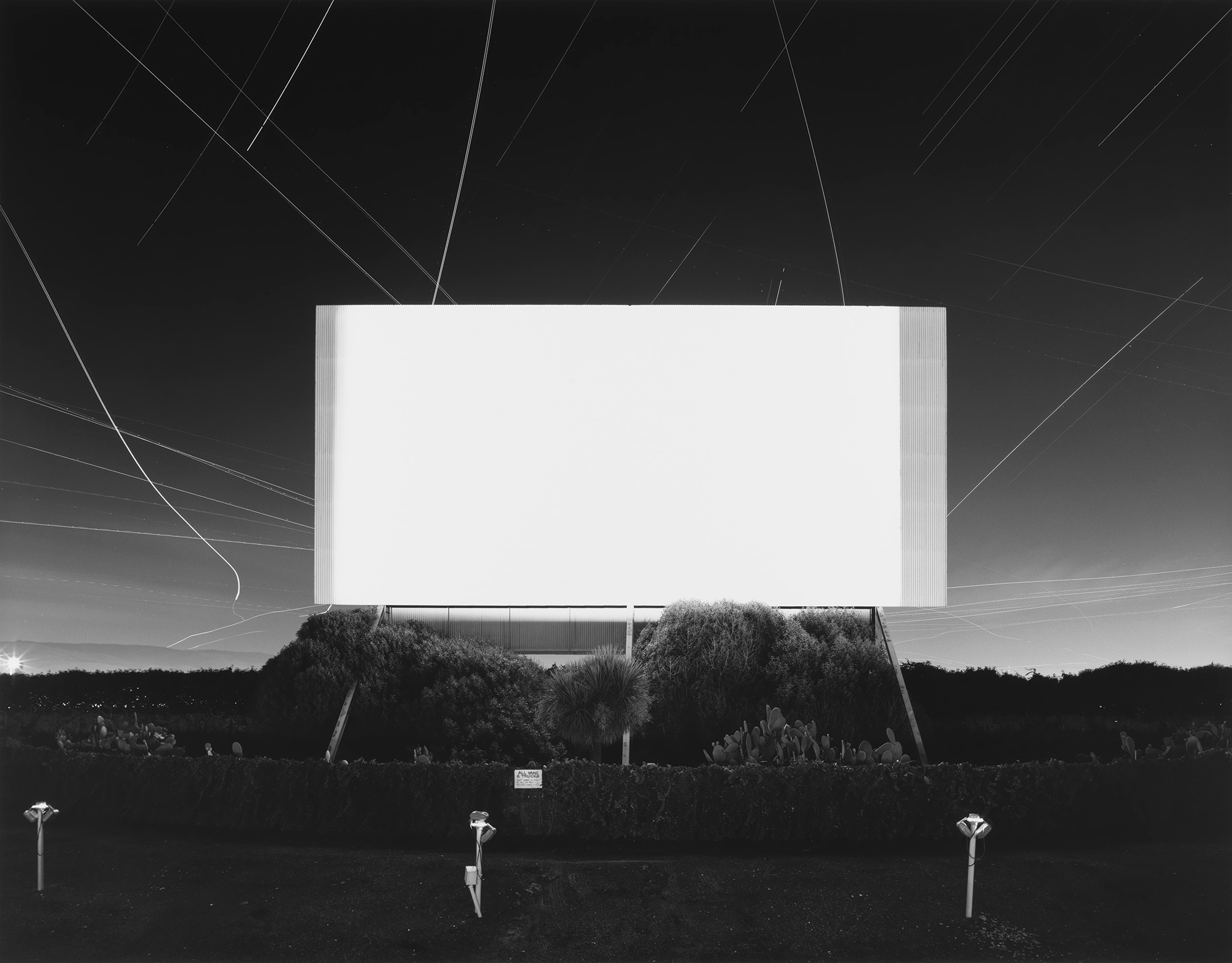
A Survey Of Picasso’s Ceramics; New York’s Truly Old-Fashioned Street Photographer; and Hiroshi Sugimoto Brings His Alchemy to Sydney
Knokke, “Picasso: Ceramics & Works On Paper” (Opens Aug. 3)
In a seaside Belgian town once frequented by painters, a showcase of Pablo Picasso’s ceramics and drawings illustrates the scope of the artist’s genius. Picasso first picked up clay in 1947, in his 60s, with some of his most famous pieces of work behind him. He would produce at least 600 unique editions of plates, bowls, and vases decorated with playful facial features, and zoomorphic motifs seen in his earlier paintings. They suggest his numerous sources of inspiration, from red and black Greek pottery to fifteenth-century Italian graffiti. maruanimercier.com
London, “Nature Painting Nature” (Until Sept. 21)
The humble beauty of landscapes, blossoms, and trees has captivated artists for centuries. For some, the quintessential subject is a means to express profound emotion and personal experiences. This group presentation brings together work by painters of the informal New York School and a younger generation of contemporary artists under this theme. The floral still lifes of American painters Jane Freilicher and Jordan Casteel, done 50 years apart, have inklings of a self-portrait in their delicate composition and poignant color palettes. Others like Grace Hartigan, Leiko Ikemura, and Sabine Moritz look to the outdoors to grapple with their place in the world. pilarcorrias.com
New York, “Jean-Andre Antoine: From Prince St. With Love” (Opens Aug. 4)
You probably don’t know his name, but if you’ve been in SoHo sometime in the past ten years, there’s a high chance you passed him—or if you were curious enough to ask, were photographed by him—on the corner of Prince Street and Broadway. Street photographer Jean-Andre Antoine stations himself there daily (weather permitting), documenting the characters of New York with his old-fashioned Crown Graphic camera. Perhaps his distinction comes out of his testament to the old New York, before influencers and Instagram saturated the streets. Fotografiska presents fifty original polaroids from his portfolio, offering a portrait of the city’s writers, street artists, musicians, models, filmmakers, and more. newyork.fotografiska.com
Shanghai, “William Wegman: Favorite Models” (Until Sept. 13)
Also showing Austrian artist (and past guest) Erin Wurm’s “Dreamwalkers” through Aug. 25, the Fosun Foundation presents the delightful portraits American photographer William Wegman has been taking of his Weimaraner muses since the ’70s. Some are large-scale, taken on the rare 20 x 24 Polaroid camera—before the company went bankrupt and Wegman switched to digital in 2001—and seen in Shanghai for the first time. fosunfoundation.com
Sydney, “Hiroshi Sugimoto: Time Machine” (Opens Aug. 2)
Most of Japanese photographer Hiroshi Sugimoto’s globally exhibited work is shot in black and white. “Credibility is better in black and white than in color,” he says. Sugimoto’s interest in the illusions of photography, generally considered a more honest medium, informs his extensive practice. Armed with a mastery of film technique (he develops the large format film in the darkroom himself) and the concerns of a philosopher, Sugimoto’s photo series involve taxidermy dioramas, theaters, and sea horizons—all which try to understand the shortcomings of photography in preserving memory. This will be the largest-ever exhibition of his work, featuring key photos that trace his career from the 1970s to today. mca.com.au —Vasilisa Ioukhnovets
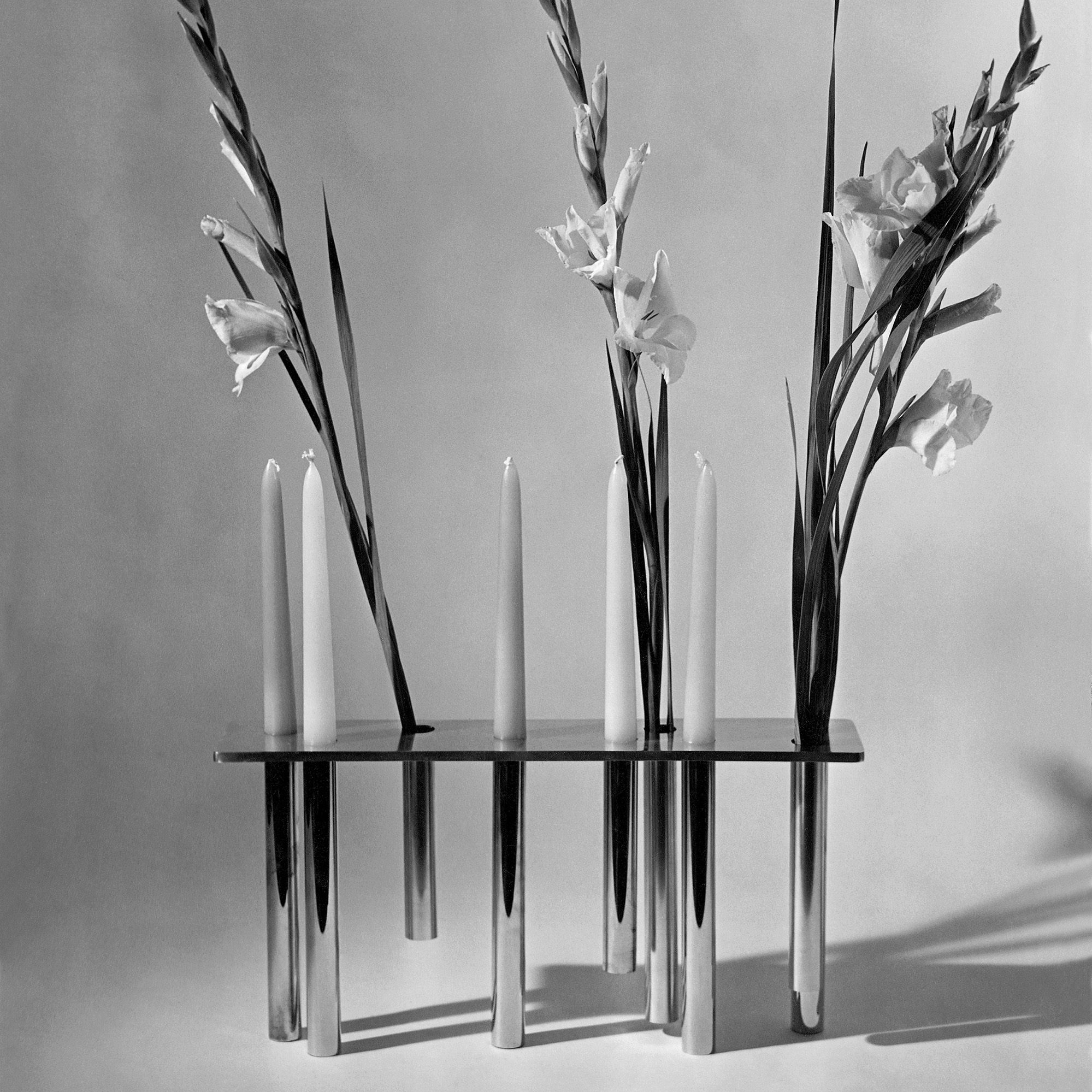
We assembled our favorite design objects for the people on your list that have everything, including taste.
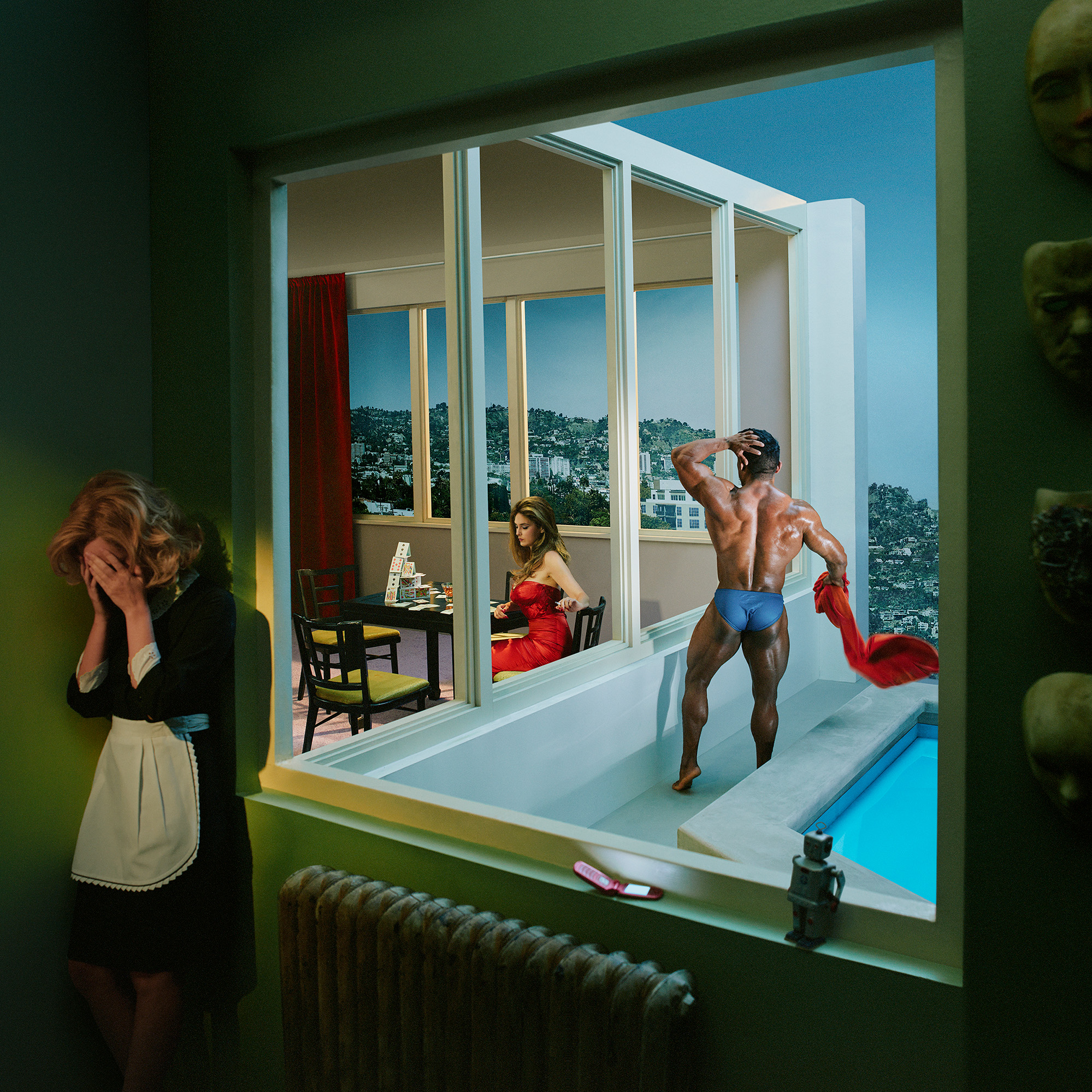
We checked in with our former podcast guests who will be inching through Miami traffic, unveiling new works, signing books and revealing new projects this year.
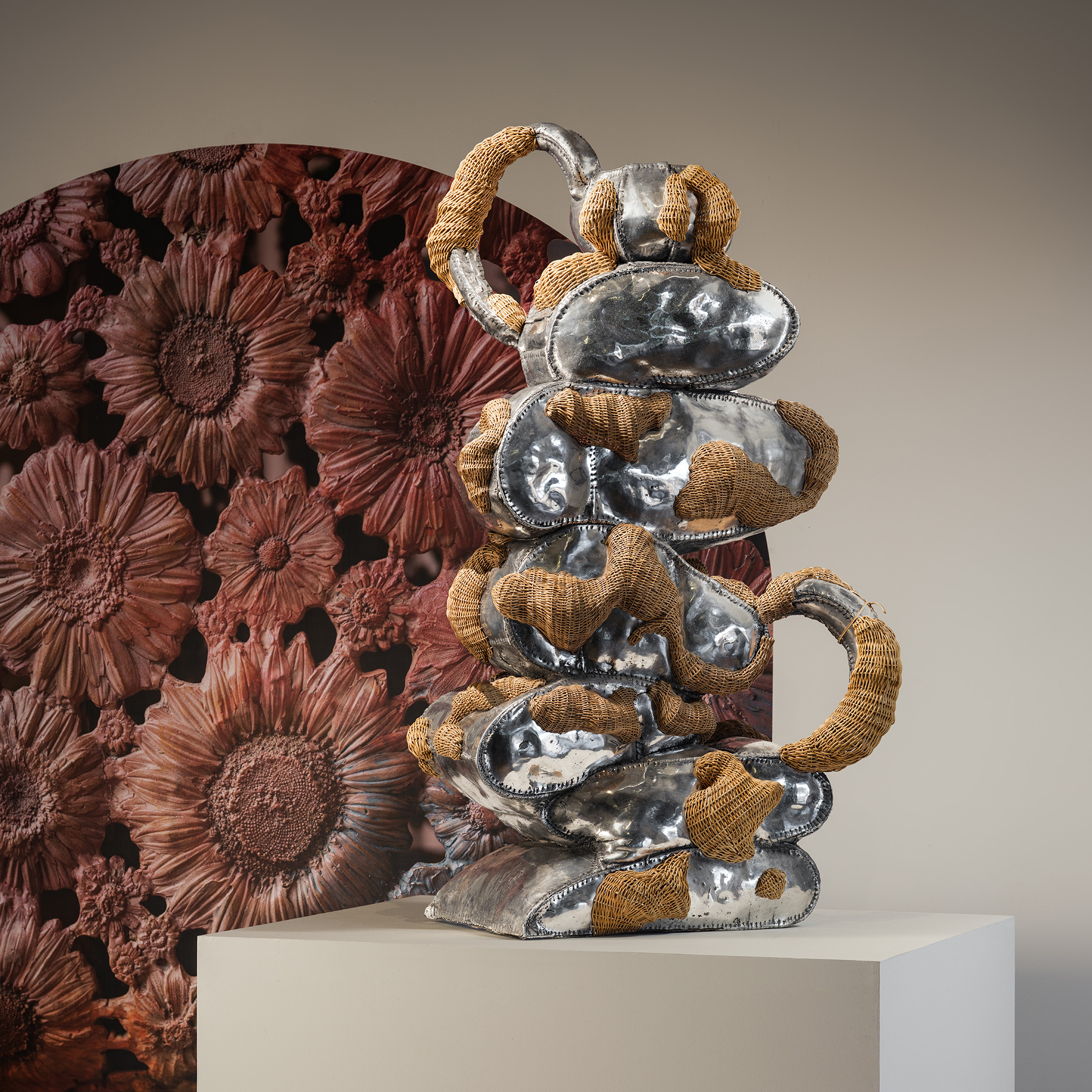
The ecstatic designs of Chris Wolston come to Texas, Juergen Teller's most honest show yet opens in Athens, a forgotten Cuban Modernist is revived in New York, and more.